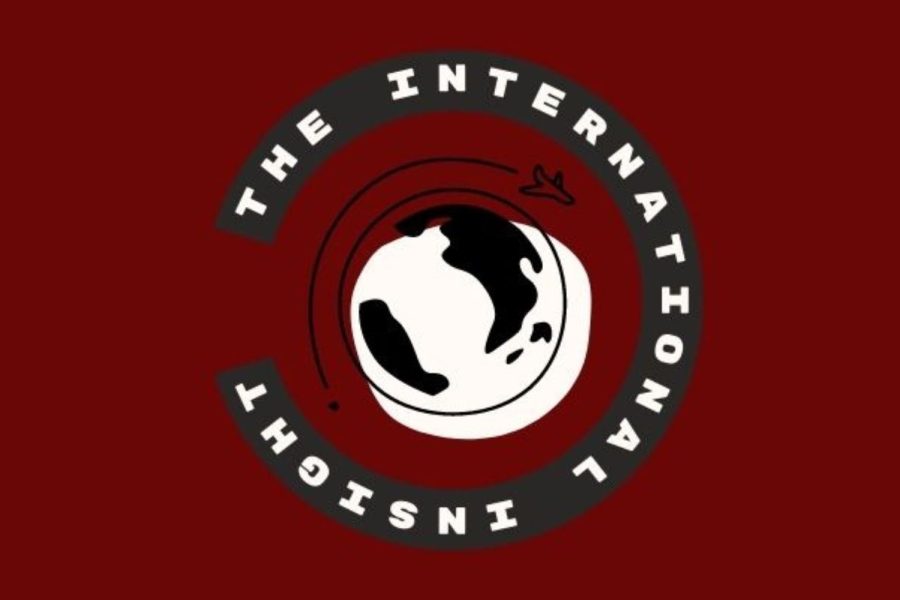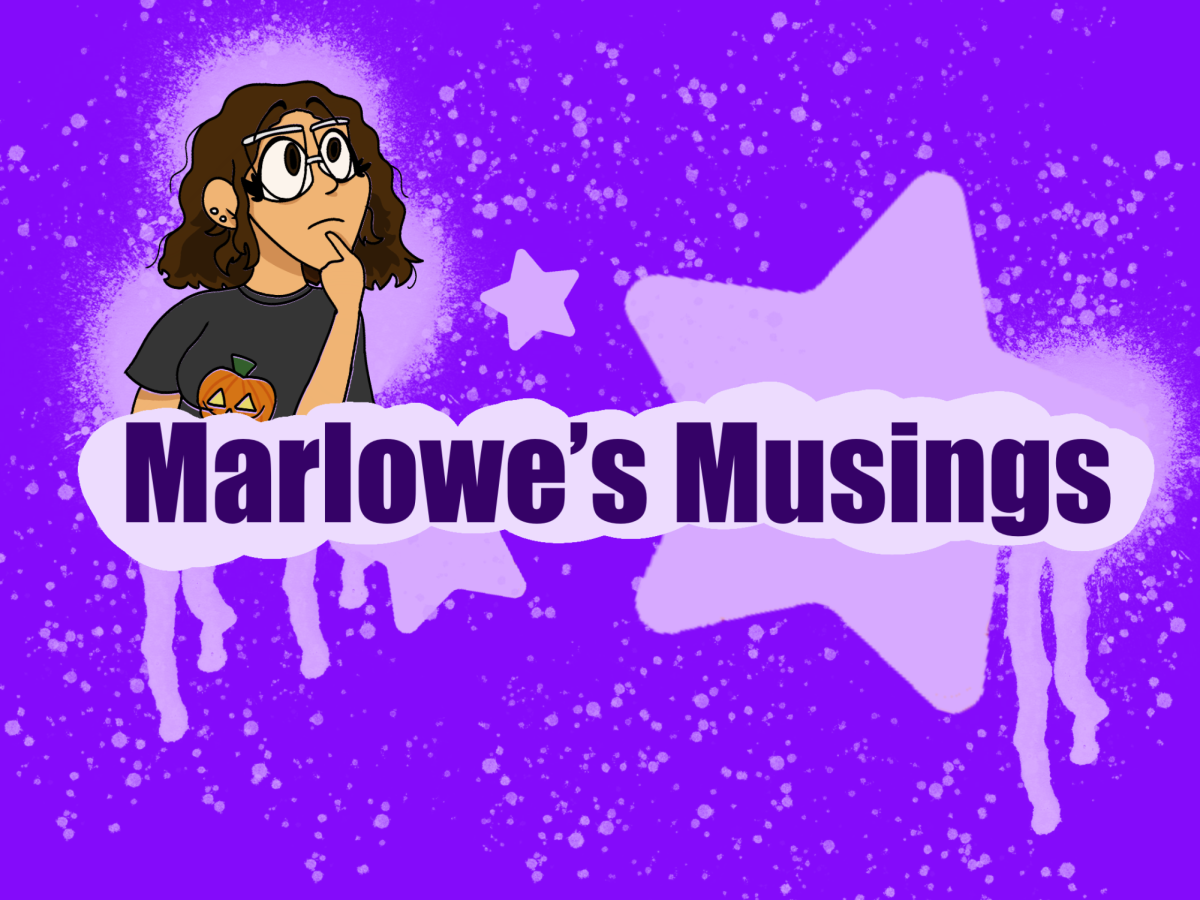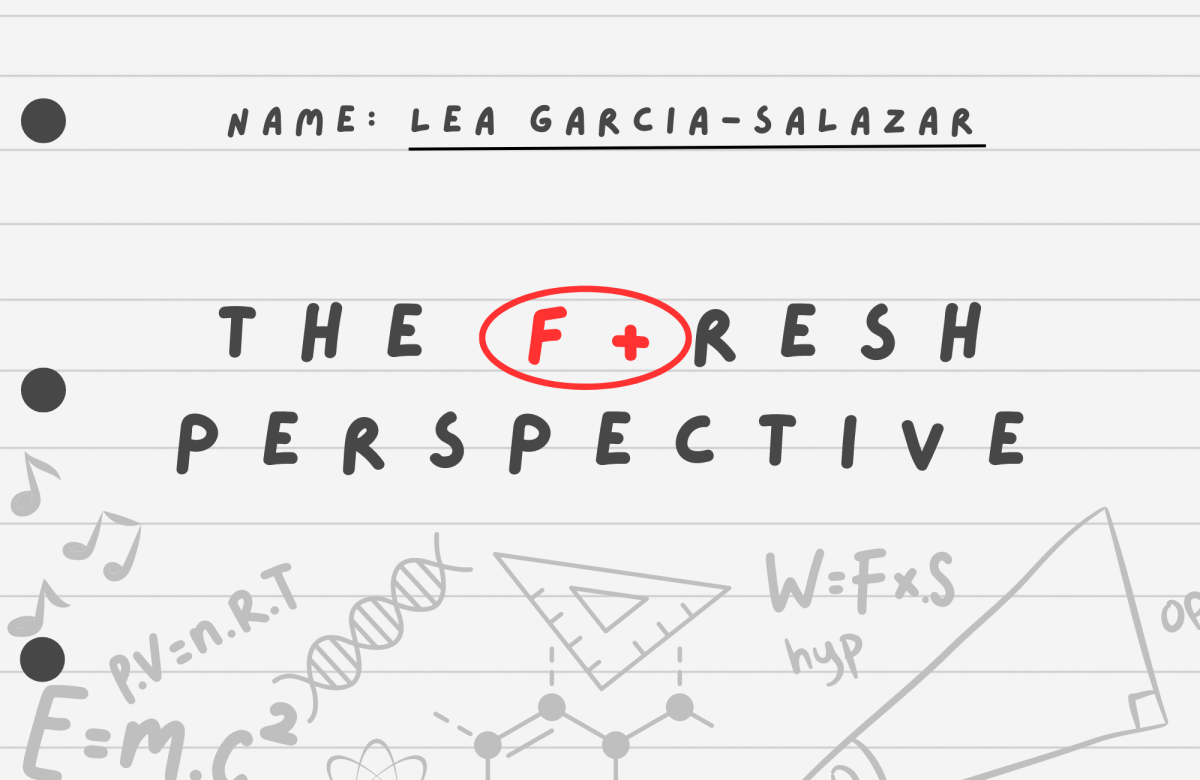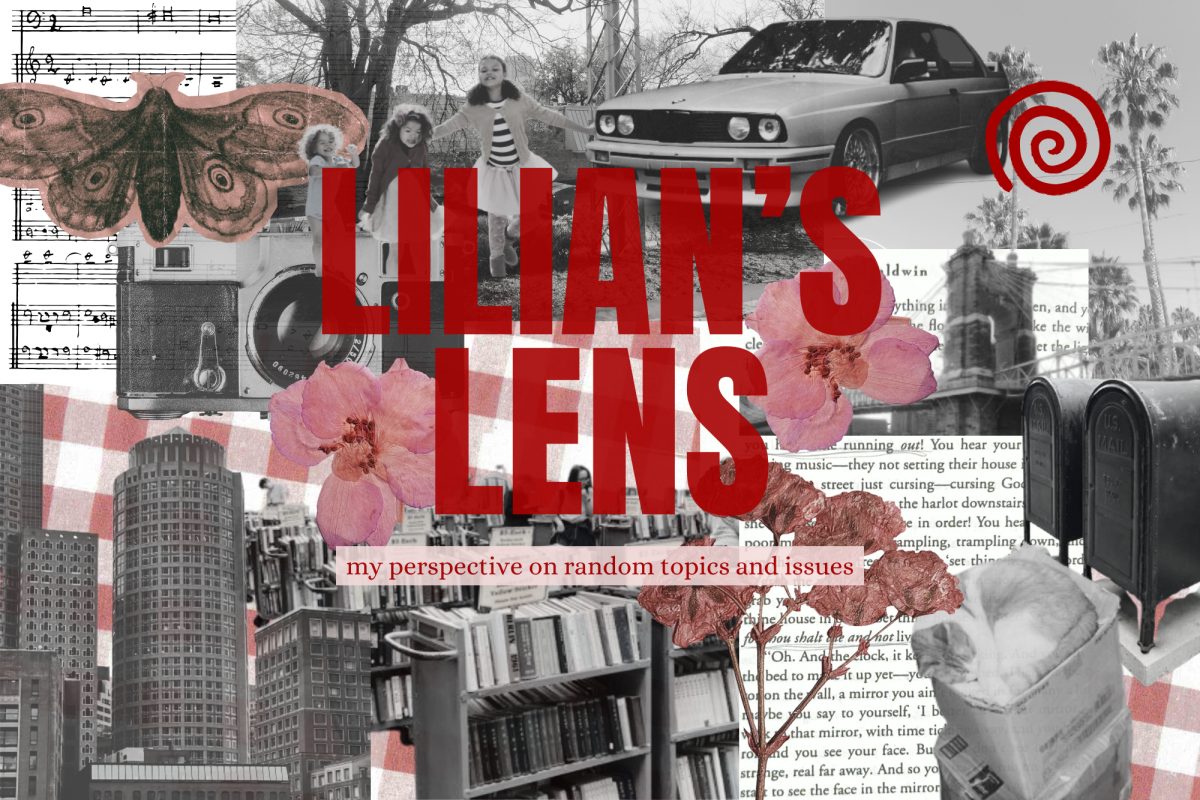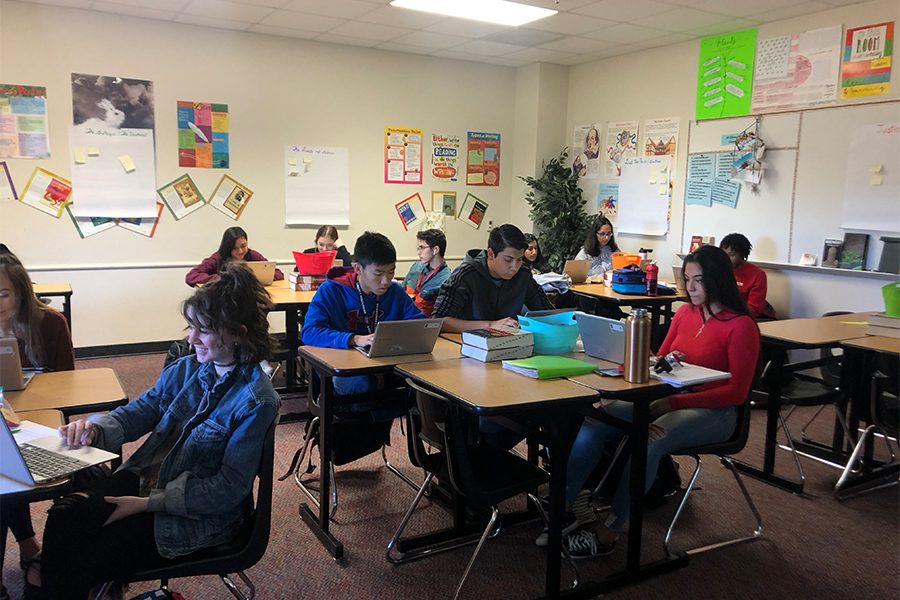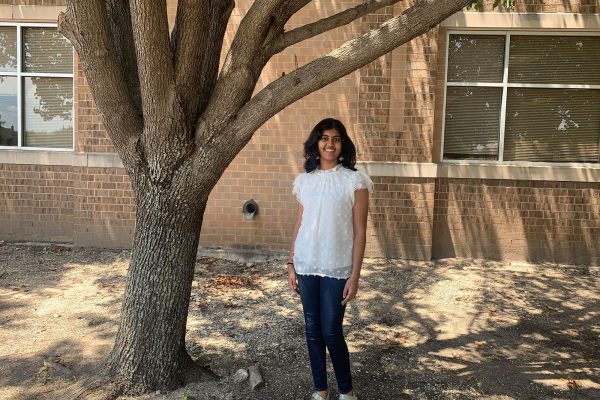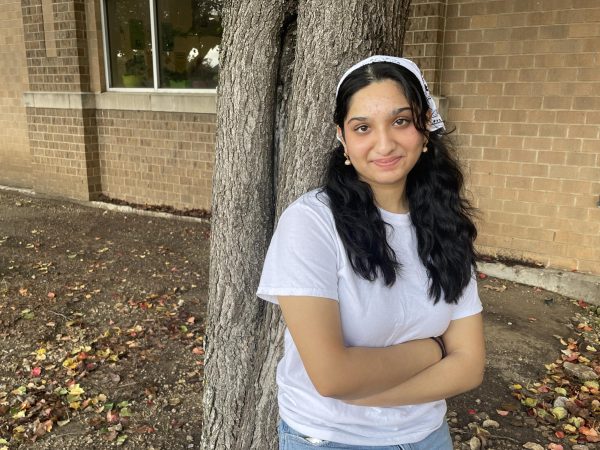This week, International Insight takes a break from geopolitics and explores one of the biggest (accidental) archeological discoveries in recent times.
Archeology. Long lost ruins. Hidden cities. All hallmarks of an Indiana Jones film, one that was recently brought to life with the discovery of Valeriana, a Mayan city long considered to be lost.
The discovery of the lost city came as a surprise and happy accident to discoverer and Tulane University Ph.D. candidate Luke Auld-Thomas who leveraged existing information and data sets to discover the city.
Initially, Auld-Thomas had planned on utilizing LiDAR technology to generate a map of the terrain. Light Detection and Ranging (LiDAR) technology leverages light pulses to determine the topographical and three dimensional characteristics of terrain. Yet, as Auld-Thomas soon discovered, using such technology can be an expensive endeavor, causing him to ultimately not pursue this path.
Instead, he stumbled upon an old study conducted by Mexican researchers for environmental purposes. A treasure trove of information, the study proved to be the skeleton key Auld-Thomas needed, bringing an abundance of information to light.
From the data provided by the study, Auld-Thomas and colleagues discovered almost 7000 structures with an average density over 50 structures per square kilometer of the city. In addition, the researchers estimate that the city housed tens of thousands of people with the lowest estimate of the population at 30,000.
The study also revealed the existence of a reservoir large enough to support a sizable population, a sports field, two temples housed in separate plazas, a dam, and several terraces.
These discoveries and complex architecture all point to the city being home to a political capital of the Mayan civilization.
Through these discoveries, archeologists and researchers hope to not only further expand their knowledge of Mayan civilizations, but also to leverage the information gained from the unique infrastructure and adaptations of the formerly lost city to address growing concerns around the social and environmental impact of urban development and growth.
The discovery of the lost city of Valeriana comes on the heels of the destruction of countless historical sites and monuments across the world as a product of the violence and conflict unfolding across Israel-Palestine and Russia-Ukraine, to name a few.
As we continue to pursue ways to put an end to these wars and seek ways to put an end to the high toll on human lives, we must also be acutely aware of the cultural toll taken by the destructive campaigns plaguing our planet.
And it is with that mindset that we must view discoveries like these and many more. As a treasure that must be protected. An indispensable piece of history that must be preserved. A limitless repository of lessons to be learned. And most of all, as a key part of what makes humanity so human.



